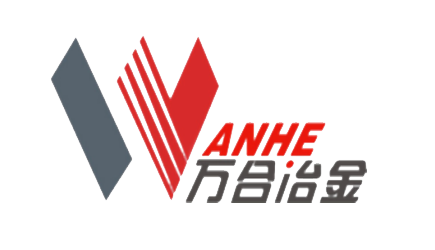Leveling Unit
The leveling machine is suitable for leveling cold-rolled strip steel after annealing, with the primary purpose of enhancing the mechanical properties of the strip steel.
Category:
Keywords:
Leveling Unit
The leveling machine is designed for the leveling of cold-rolled strip steel after annealing, with the primary goal of enhancing the mechanical properties of the strip—specifically, increasing its surface hardness, strength, and elasticity—while also ensuring superior deep-drawing performance, excellent flatness, and exceptional surface finish. The medium- and wide-width precision plate four-roll leveling machine series is equipped with a hydraulic AGC thickness control system and an automatic rolling line adjustment device. The work rolls feature a hydraulic positive-negative bending electro-hydraulic servo system, fully controlled online by a computer, enabling precise leveling processes such as constant elongation, constant rolling force, constant roll gap, and constant tension.
Unit process characteristics:
1. It employs AGC servo hydraulic lowering, offering advantages such as high control precision, fast system response, and a high degree of automation.
2. Hydraulic online roll changing, with short roll-changing time;
3. Utilizing work roll bending to adjust the contact pressure distribution between rolls, achieving high precision in strip shape control;
4. Utilize support roller drive.
Unit process flow:
Uncoiling → Hydraulic shear → Inlet S-roll → Inlet anti-crease roll → Leveler → Outlet anti-crease roll → Outlet S-roll → Coiler.
Production process parameters:
Raw Materials |
Board width |
Board thickness |
Leveling Speed |
Leveling Force |
Cold-rolled strip and sheet |
600–1,680 mm |
0.2–2.0 mm; 2–6.8 mm |
20–300 m/min |
5000–8000 kN |
Previous page
Next page
Previous page
Tension Leveling Unit
Next page
Aluminum alloy casting is a manufacturing process that involves pouring molten aluminum alloy into a mold, allowing it to cool and solidify into the desired part shape. It is widely used in industries such as automotive and aerospace. The main casting methods include sand casting, metal die casting, die casting, and low-pressure casting, each suited to different levels of complexity and production volumes—for instance, sand casting is ideal for large components, while die casting enables high-precision, high-volume production.
CNC machining is a modern mechanical processing technology that achieves high precision and efficiency through computerized, digital control. As a core component of advanced manufacturing techniques, it is rapidly advancing toward even greater precision, higher efficiency, and increased intelligence—making it an indispensable key technology in today’s industrial manufacturing.
CNC machining is a modern mechanical processing technology that achieves high precision and efficiency through computerized, digital control. As a core component of advanced manufacturing techniques, it is rapidly advancing toward even greater precision, higher efficiency, and increased intelligence—making it an indispensable key technology in today’s industrial manufacturing.
The hydraulic three-way valve is a critical component used in hydraulic systems to control fluid flow direction. It features three ports, enabling functions such as fluid diversion, confluence, or directional switching.


